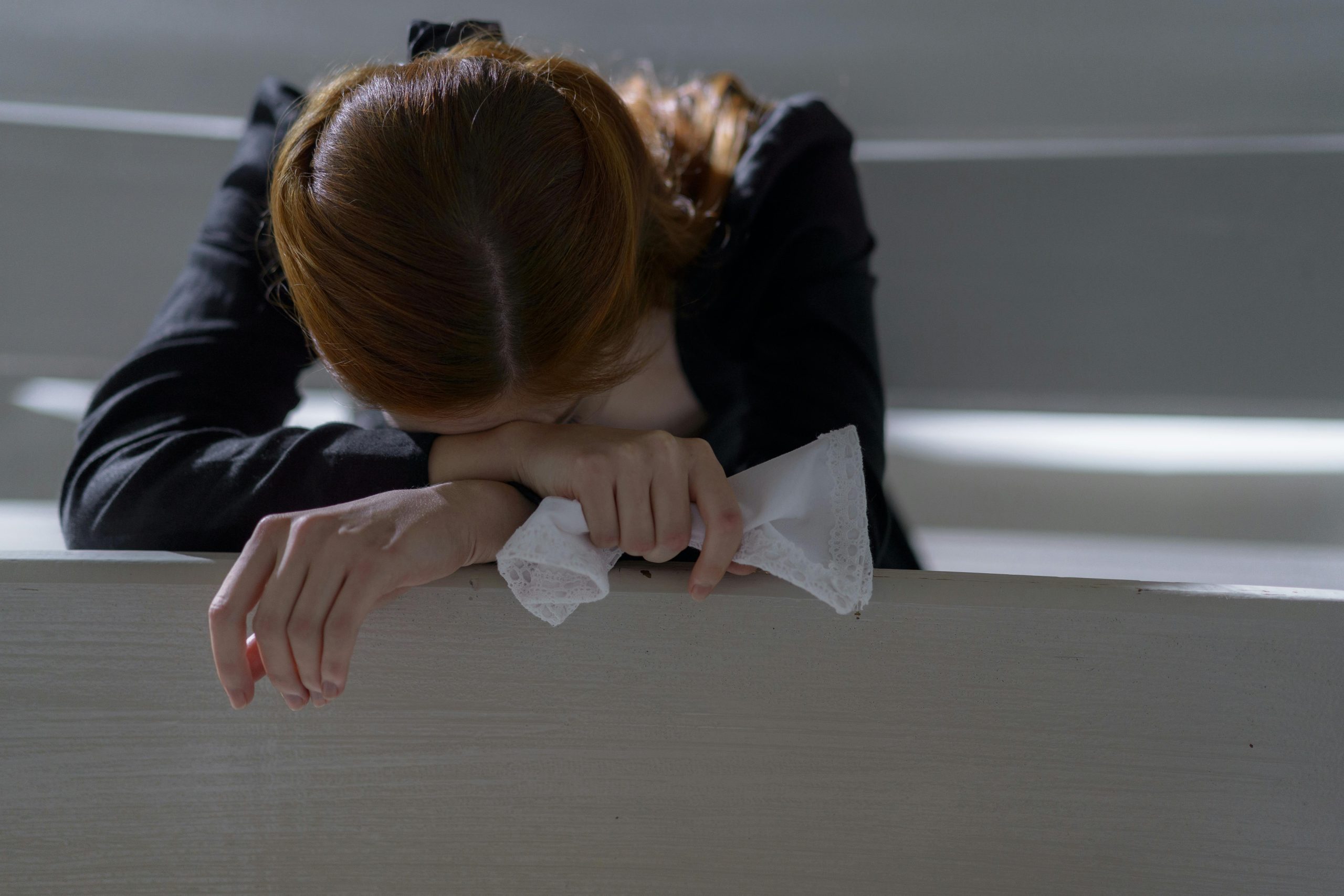Understanding the Reality of Nepal’s Protest Crisis: An Eyewitness Perspective
As a Nepali citizen closely observing the recent protests in Nepal, I feel compelled to share an accurate account of what transpired on September 8 — a day that has marked a significant and tragic turn in our nation’s history. While international media outlets have reported on these events, the narrative often appears simplified, missing critical nuances that explain the root causes and the gravity of the situation. It is essential to see beyond headlines and understand the full story of Nepal’s ongoing struggle for justice, accountability, and dignity.
Background: The Spark of the Protest
The unrest was triggered by a series of actions taken by the Nepali government, notably the ban on 26 social media platforms including Facebook, Instagram, WhatsApp, YouTube, and Twitter, three days prior to the protests. This blockade was the immediate spark but did not originate the underlying unrest.
Months leading up to September 8 saw mounting frustrations among Nepali youth and general citizens. Discontent centered around endemic corruption, widespread nepotism, and the disproportionate distribution of wealth and opportunities. Young people frequently discussed these issues online — criticizing how political elites and their families live in luxury while ordinary families struggle with unemployment and poverty. The social media ban only intensified these frustrations, acting as the proverbial gasoline on a smoldering fire.
The Protest and Its Aftermath
What began as a peaceful demonstration in Kathmandu and other cities swiftly escalated. Thousands, from students to people from all walks of life, took to the streets demanding transparency, accountability, and an end to corruption. Initially peaceful, the protests turned violent as security forces responded with excessive force: water cannons, tear gas, rubber bullets, and, tragically, live ammunition.
According to reports from human rights organizations and local hospitals, dozens of lives have been lost, with at least 19 confirmed fatalities. Among those who lost their lives was a 19-year-old student, a heart-wrenching loss deeply felt across the nation. I witnessed the aftermath firsthand: carrying a 15-year-old boy in school uniform who had been shot in the head. Despite urgent medical attention, the pain of this day remains etched in memory — a vivid reminder of the cost of standing up for justice.
Misrepresentation in International Media
Regrettably, coverage from some international outlets like BBC, DW News, and CNN has often minimized the protests to a reaction to a social media ban, portraying the
